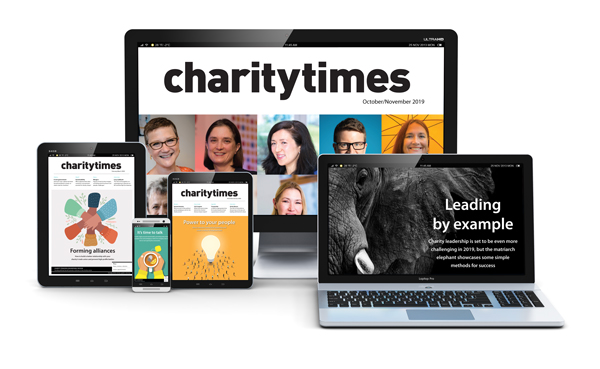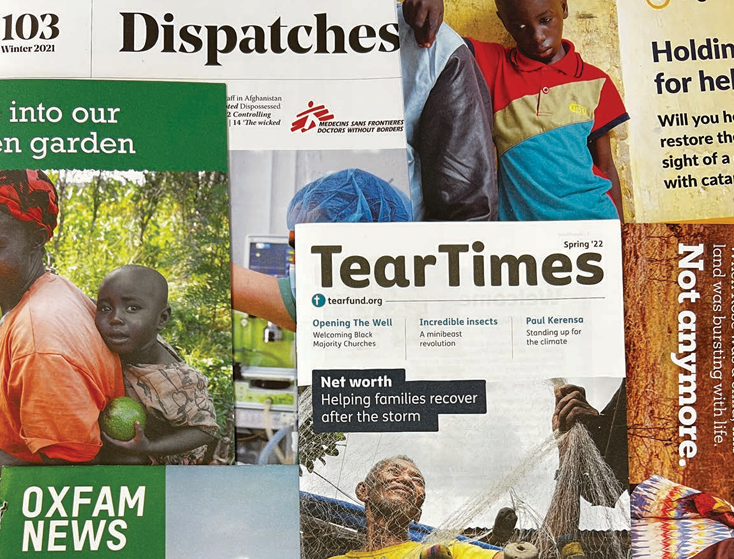A report has warned international aid charities against overuse of images from Africa in its mail shots, which “risks reinforcing outdated stereotypes of the continent”.
The report found that just over half of images used in direct mail shots relate to Africa despite the continent making up a smaller proportion of charities’ work.
For example, almost three in four images used by Christian Aid in its direct mail related to Africa, but according to its 2021/22 annual report it works in 14 countries globally, of which only half are in Africa.
“These findings suggest that charities communications risk amplifying visual representation from Africa beyond what their operational footprint would suggest,” found the report, called Charity Representations of Distant Others by academics at the University of East Anglia.
“This raises important questions about the motivations underlying these choices,” it adds.
“Are charities prioritising narratives from Africa because they believe these images carry a stronger emotive impact on donors, and in so doing reinforce deeply entrenched associations between Africa and poverty?”
The report also warns that charities’ focus on Africa may “inadvertently marginalise” other countries including those in Asia or Latin America “thus reducing their visibility in donor consciousness”.
A focus on health is also noted by researchers in charities’ mail outs “often at the expense of narratives on education, economic infrastructure, or capacity-building”. They warn that this highlights a focus on “short-term relief over long-term development”.
The overrepresentation of Africa in mail shots comes as the share of international aid reaching African countries “is now at its lowest point in over two decades”, of just over 25%.
In addition, researchers welcomed “an increased attribution of images” to their creators, noting that this “will gain significance” as artificial intelligence generated content becomes more common.
They also welcome a “decline in pitiful imagery” in charity’s direct mail outs, but note their prevalence is higher in newspaper advertisements.
Researchers conclude that “while there is evidence of progress, charities must strive to balance their visual narratives against operational realities”.
Charity Times video Q&A: In conversation with Hilda Hayo, CEO of Dementia UK
Charity Times editor, Lauren Weymouth, is joined by Dementia UK CEO, Hilda Hayo to discuss why the charity receives such high workplace satisfaction results, what a positive working culture looks like and the importance of lived experience among staff. The pair talk about challenges facing the charity, the impact felt by the pandemic and how it's striving to overcome obstacles and continue to be a highly impactful organisation for anybody affected by dementia.
Charity Times Awards 2023
Mitigating risk and reducing claims

The cost-of-living crisis is impacting charities in a number of ways, including the risks they take. Endsleigh Insurance’s* senior risk management consultant Scott Crichton joins Charity Times to discuss the ramifications of prioritising certain types of risk over others, the financial implications risk can have if not managed properly, and tips for charities to help manage those risks.
* Coming soon… Howden, the new name for Endsleigh.
* Coming soon… Howden, the new name for Endsleigh.
Better Society

© 2021 Perspective Publishing Privacy & Cookies











Recent Stories